Diving Into USP 797: Essential Insights for Sterile Environments
Mastering USP 797 Compliance: Key Guidelines for Safe Sterile Compounding
As the healthcare industry continues to evolve, maintaining safe and sterile environments has never been more critical. Navigating USP 797 compliance can be challenging, but understanding its fundamental principles is essential for ensuring patient safety, medication integrity, and regulatory adherence. This guide explores the key aspects of USP 797 and best practices for achieving compliance in sterile compounding.
What is USP 797?
USP 797 establishes stringent guidelines for sterile pharmaceutical compounding to minimize contamination risks and ensure product quality. It focuses on the importance of aseptic techniques, environmental controls, and quality assurance processes in settings such as hospitals, pharmacies, and cleanroom facilities.
Key USP 797 requirements include:
Aseptic techniques training and evaluation for personnel.
Environmental monitoring and contamination control.
Proper use of cleanroom equipment and materials.
Regular audits and compliance documentation.
By following these standards, healthcare facilities can prevent harmful contamination, protect patients, and meet strict industry regulations.
The Importance of Sterile Environments in USP 797 Compliance
Maintaining sterile conditions is crucial for preventing contamination and ensuring the safety of compounded medications. USP 797 outlines comprehensive environmental control measures to keep compounding areas free from microbial and particulate contamination.
Key elements of a sterile environment include:
High-Efficiency Particulate Air (HEPA) Filtration Systems to maintain clean air quality.
Strict gowning procedures to prevent human-related contamination.
Laminar airflow workbenches (LAFWs) and biosafety cabinets for proper airflow control.
Regular surface and air sampling to detect contaminants early.
Pharmacy cleanrooms must also adhere to ISO classifications that define acceptable particle counts in controlled environments.
Core Components of USP 797 Compliance
USP 797 compliance revolves around three primary components:
1. Personnel Training and Certification
All staff involved in sterile compounding must undergo rigorous training.
Competency evaluations must be conducted regularly to ensure adherence to aseptic techniques.
Gloved fingertip and media fill tests are used to assess contamination risks.
2. Environmental Monitoring and Controls
Continuous air and surface monitoring to detect microbial contamination.
Proper airflow control and HEPA filtration to maintain required cleanliness levels.
Routine environmental sampling to verify compliance with ISO air quality classifications.
3. Use of Proper Equipment and Materials
Primary Engineering Controls (PECs) such as laminar airflow workstations (LAFWs), biological safety cabinets (BSCs), and compounding aseptic isolators (CAIs) must be used correctly.
Sterile materials and cleaning agents should meet strict USP 797 requirements.
Proper storage and handling procedures should be maintained for all compounded sterile preparations (CSPs).
Meeting Compliance Requirements for USP 797
Achieving and maintaining USP 797 compliance involves a structured approach that includes:
Routine audits and inspections to identify compliance gaps.
Detailed documentation of standard operating procedures (SOPs).
Ongoing education for pharmacy staff to stay current with regulatory updates.
Implementation of advanced environmental monitoring systems to track compliance in real time.
By taking a proactive approach to compliance, facilities can ensure sterile, contamination-free compounding environments that meet USP 797’s rigorous standards.
Challenges and Best Practices in USP 797 Compliance
Navigating USP 797 regulations can be complex, but implementing best practices can streamline the process and improve compliance.
Common Challenges:
Maintaining proper environmental conditions in compounding areas.
Ensuring staff follow aseptic techniques consistently.
Keeping up with changing regulatory requirements.
Managing the costs of compliance-related infrastructure and monitoring.
Best Practices for Success:
Establish a culture of compliance with continuous training and awareness.
Utilize automated environmental monitoring systems to maintain real-time compliance.
Standardize cleaning and decontamination protocols to ensure consistency.
Encourage open communication among staff to identify and address compliance issues proactively.
By focusing on education, technology, and continuous improvement, healthcare facilities can navigate USP 797 requirements more effectively.
Ensuring USP 797 Compliance with Cleanroom Specialists
At Cleanroom Specialists, we provide state-of-the-art pharmacy cleanroom solutions that meet USP 797 and USP 800 compliance requirements. Our custom-designed cleanroom systems feature:
HEPA and ULPA filtration for superior air quality.
Modular cleanroom designs tailored to specific industry needs.
Comprehensive environmental monitoring solutions.
Consultation and compliance support for sterile compounding facilities.
🔗 Learn more about our USP 797-compliant cleanrooms at www.cleanroomspecialists.com/usp-797-compliant-cleanrooms and ensure your facility meets the highest standards of sterile pharmaceutical compounding.

